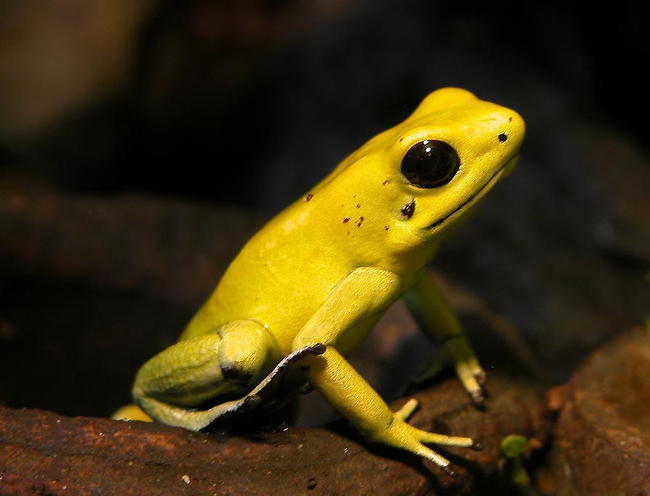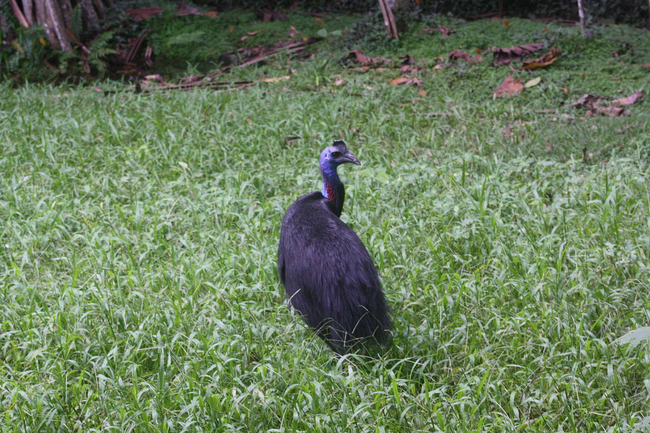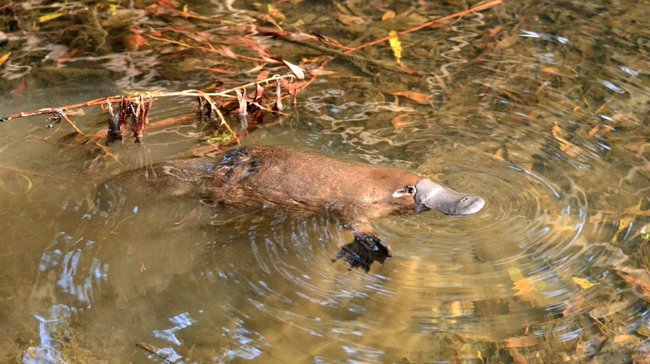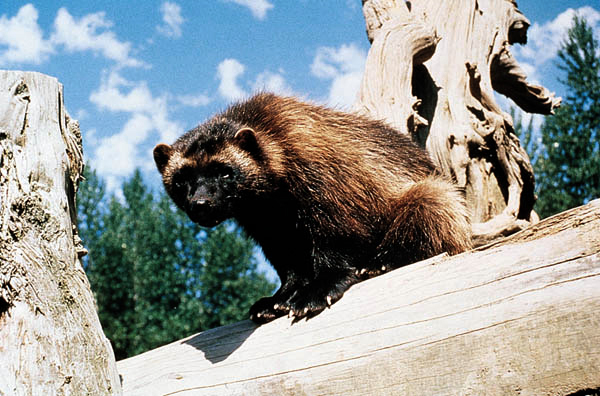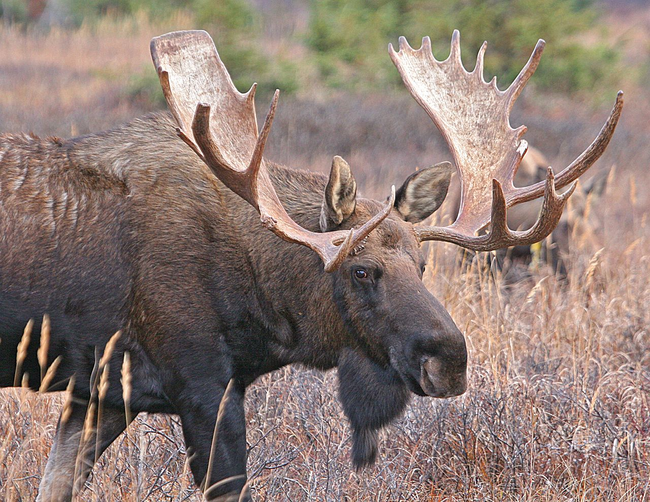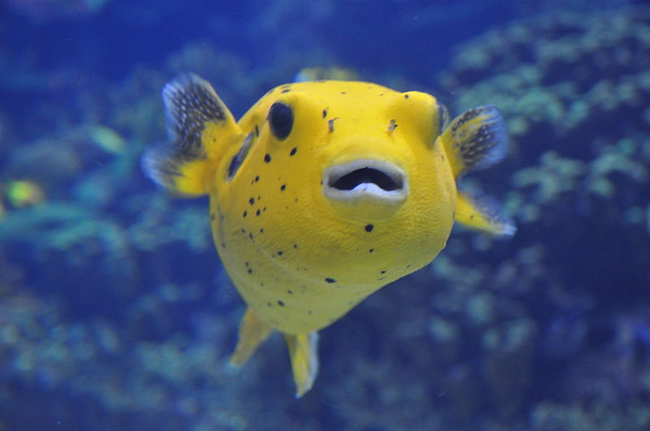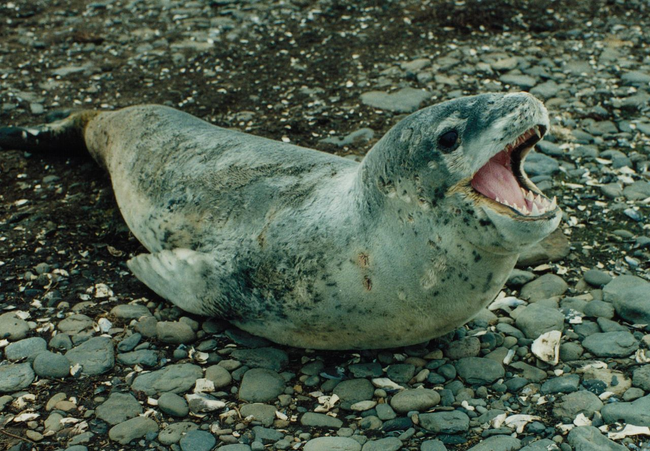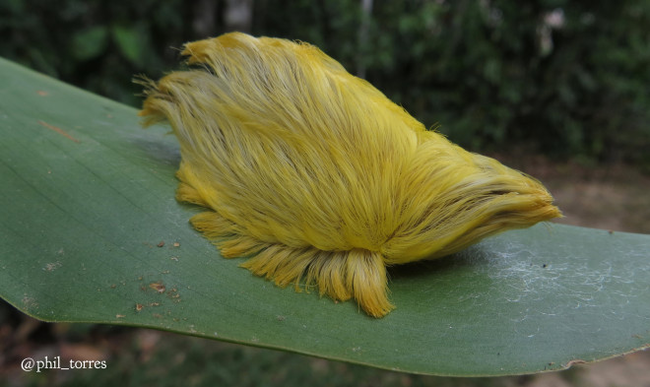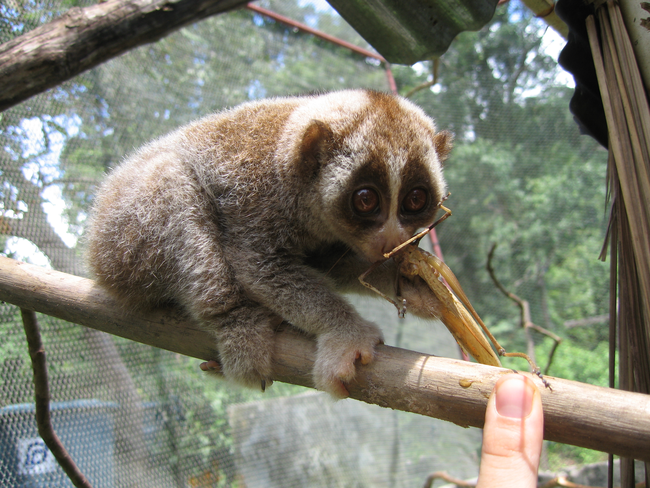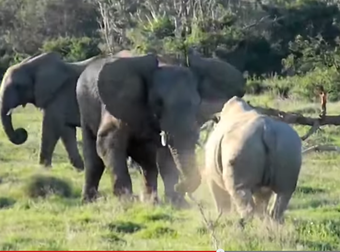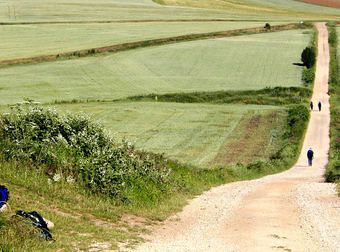Just because something is cute, that doesn’t mean it wants to be friends with you. Actually, because something is cute, it’s probably sick of us big weird humans going “AWWW” and trying to pet it. I like to think that after several millennia of this happening, evolution granted them ways of getting out of aggressive cuddling, rendering them adorable and dangerous.
We’ve rounded up our top ten cuties that also pack a pretty mean punch…or bite, or spike, or alkaloid poison. With our gallery, you can appreciate the cute without putting your life in danger! It’s the best case scenario.
1.) Poison Dart Frog.
While their colors are visually striking, they also serve as a warning in the case of the poison dart frog. There are many species of these little guys, and each one has a different level of toxicity. Their name comes from the fact that indigenous people used to use their toxic secretions on the tips of their blowdarts, hence the name. The most lethal of all the poison dart frogs is the Phyllobates terribilis, or golden poison frog, pictured here. They also come in a minty green.
2.) Cassowary
This colorful, flightless bird can be found in Australia and New Guinea and looks something like a blue-headed ostrich, but don’t let that fool you. It’s known to be capable of reaching high running speeds and leaping at targets when it feels threatened, aiming with its claws with the intent to disembowel.
3.) Platypus
One of the sillier-looking creatures on the planet, this monotreme (a mammal that lays eggs) is actually poisonous. The male platypus has a spur on the hind ankle that produces venom. It’s incredibly painful to humans and can have long-lasting effects, but is not lethal.
4.) Wolverine
There’s a reason one of the X-Men uses this animal’s name as a moniker. While it looks kind of like a big weasel and typically weighs about 20 to 50 pounds, wolverines are powerful enough to take down animals as large as moose, and have been known to challenge bears and wolves to fights–and win.
5.) Moose
Speaking of moose, moose (and yes, that is the plural. It’s not “meese.” Sadly.) are pretty dangerous themselves. For one thing, they’re huge, weighing up to 700 pounds, and while they’d rather be left alone, they’ll charge if threatened. Moose attack more people annually than bears, and females are especially serious about defending their young.
6.) Pufferfish
The pufferfish, known for inflating when feeling uneasy, is the second most poisonous vertebrate on the planet. Its venom kills my paralyzing the diaphragm, thus rendering the victim unable to breathe and causing death by suffocation.
7.) Giant Anteater
The giant anteater lives on termites and, of course, ants, despite its large size. While it’s more interested in getting a snootful of bugs than going after people, it’s got a set of razor-sharp claws that it will use in self-defense. Backing up the claws is sheer size; giant anteaters can reach up to 7 feet in length. They call these nosy creatures “giant” for a reason.
8.) Leopard Seal
Leopard seals might look like cuddly ocean-faring dogs, but they’re serious predators, and, coupled with their natural curiosity and boldness, they make for a very dangerous animal. There have been reported incidents of leopard seals attacking humans and attempting to drag them into the water, and a snorkeling biologist was killed by a leopard seal in 2003. Normally, they go after penguins, and on one really rare occasion, a leopard seal
tried to feed a photographer, thinking he was an injured fellow predator.
9.) This fluffy little guy is known as the asp caterpillar. Asps are poisonous snakes, so you know where this is going. Despite looking like Tribbles, the hairs on these critters can cause itchy irritation in humans, and they hide spines that inject venom into predators. While not lethal, the venom causes intense pain and swelling.
10.) Slow Loris
Don’t let the sheer cuteness of the slow loris fool you. This big-eyed primate, related to the lemur, is one of the only poisonous mammals in the world. The slow loris secretes a toxin from its elbows (really) and, when threatened, they will lick the poison-secreting glands and deliver it to an enemy via bite. Sadly, these little guys are often a target of the illegal wildlife trade, sold as pets because of their generally docile nature, and measures have been taken internationally to protect them from this fate.
Now that you know that a cute face can hide potential bodily harm, we hope you remember to treat other critters with respect. If a slow loris can be poisonous, then the world is truly a perilous place. If something is fluffy, don’t think you can automatically pet it.
